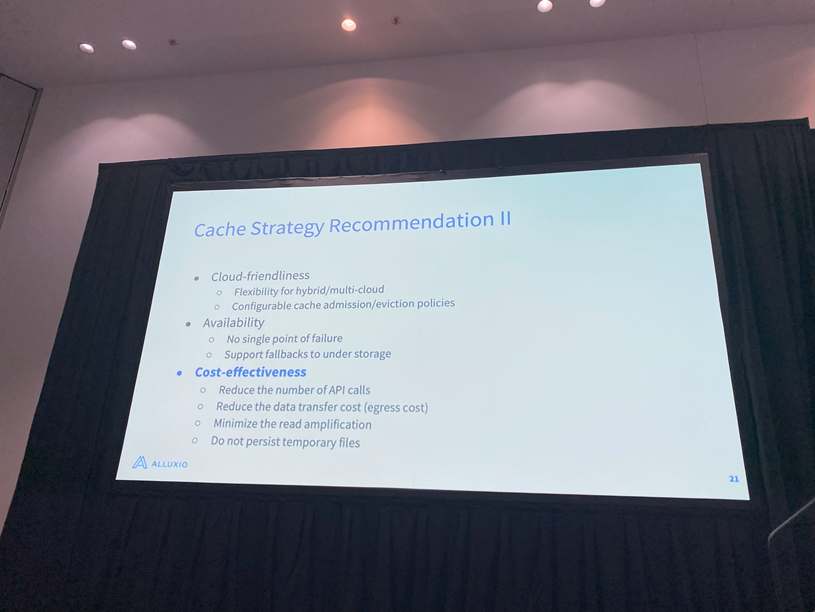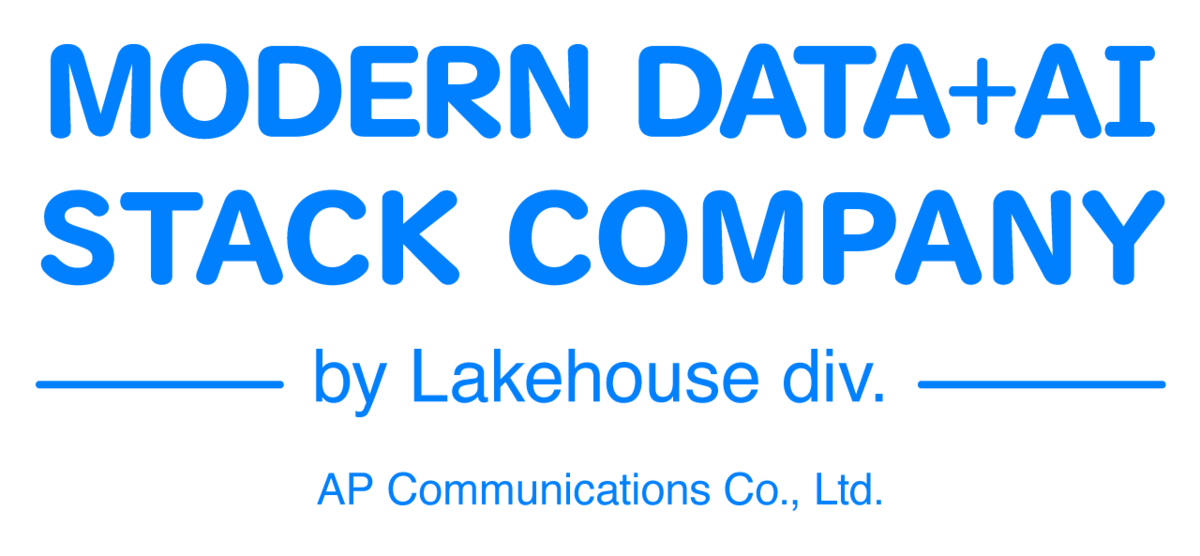Introduction
I'm Sasaki from the Global Engineering Department of the GLB Division. I wrote an article summarizing the contents of the session based on the report by Mr. Nagae, who is participating in Data + AI SUMMIT2023 (DAIS) on site.
Articles about the session at DAIS are summarized on the special site below.
The Need for Caching Strategies for Data Analytics and Artificial Intelligence Workloads in the Big Data Era

This time, I would like to talk about caching strategies that are important in the world of data analytics and artificial intelligence. In the big data era, caching strategies for the two workloads of data analytics and artificial intelligence are becoming more and more important. This is because the amount of data has increased and the speed of data access has come to be demanded. In this article, we will discuss the need for caching strategies in data analysis and AI training and how to implement them.
This time, I would like to talk about caching strategies that are important in the world of data analytics and artificial intelligence. In the big data era, caching strategies for the two workloads of data analytics and artificial intelligence are becoming more and more important. This is because the amount of data has increased and the speed of data access has come to be demanded. In this article, we will discuss the need for caching strategies in data analysis and AI training and how to implement them.
Importance of data access pattern optimization and cache design in AI training
AI training requires high-speed processing of large amounts of data. Therefore, optimizing data access patterns and cache design are important. Specifically, factors such as:
- Data locality: By concentrating data access on nearby data, cache hit rate can be improved.
- Data Reuse: By reusing data that has been read once, you can maximize the effectiveness of caching.
- Data Parallelism: Processing multiple data simultaneously can improve overall processing speed.
A cache design that considers these factors can improve the efficiency of AI training.
Concrete method of caching strategy

Specific methods of caching strategies in data analysis and AI training include:
Specific methods of caching strategies in data analysis and AI training include:
- Data pre-processing: Data can be pre-shaped and cached to speed up data access.
- Cache tiering: By dividing the cache into multiple tiers according to the frequency of data access, efficient data access becomes possible.
- Cache update strategy: By properly designing the cache update strategy according to the data update frequency and access pattern, you can maximize the cache effect.
Proper combination of these methods can improve the efficiency of data analysis and AI training.
About the latest concepts, features and services
More recently, services and features have emerged that offer caching strategies specifically for data analysis and AI training. For example:
- On-demand cache: Efficient data access is achieved by creating and deleting cache as needed during data access.
- Automatic Cache Tuning: A function that uses AI to analyze data access patterns and automatically optimize cache settings.
By leveraging these latest concepts, features and services, we can further improve the efficiency of data analysis and AI training.
Summary
We explained the importance of caching strategies for data analytics and artificial intelligence workloads in the big data era. Considering data access pattern optimization and cache design, and using specific methods and the latest concepts, functions, and services, we can improve the efficiency of data analysis and AI training. We will continue to pay attention to technological progress in this field.
Conclusion
This content based on reports from members on site participating in DAIS sessions. During the DAIS period, articles related to the sessions will be posted on the special site below, so please take a look.
Translated by Johann
Thank you for your continued support!
